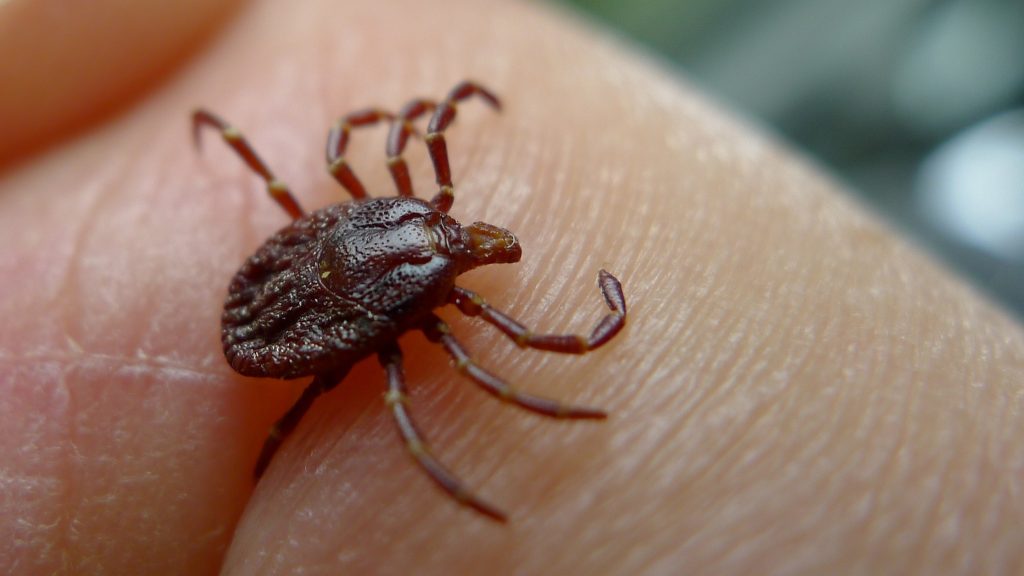Ticks are tiny creatures that can spread various diseases, with Lyme disease being one of the most common in the United States. Knowing which ticks can cause Lyme disease is essential to protect yourself and your family.

What Ticks Carry Lyme Disease?
Two types of ticks primarily spread Lyme disease: the black-legged tick, known as the deer tick, and the western black-legged tick. These ticks live in the northeastern, midwestern, and western parts of the United States. The black-legged tick is the main culprit for Lyme disease in the eastern and midwestern regions. It usually hides in wooded areas, tall grass, and shrubs. The western black-legged tick is found mainly along the Pacific Coast. Both types are small, with adult females about the size of a sesame seed, making them hard to notice.
How to Recognize Ticks That Carry Lyme Disease?
Spotting ticks that carry Lyme disease can be tricky because of their small size, but here’s what to look for:- Black-legged Tick (Deer Tick): The adult female has a reddish-brown body with a darker, black shield near its head. Males are smaller and completely dark brown. Nymphs, which are more likely to pass on Lyme disease. They are about the size of a poppy seed and are very hard to see.
- Western Black-legged Tick: This tick looks similar to the black-legged tick but is slightly smaller and found on the Pacific Coast. The reddish-brown body and tiny nymphs make this tick a concern for spreading Lyme disease.
How to Protect Yourself from Tick Bites
The best way to avoid Lyme disease is by preventing tick bites. Here are some easy tips: Wear Protective Clothing: When you’re hiking or in wooded or grassy areas, wear long sleeves and long pants to avoid ticks from reaching your skin.- Use insect repellent: Apply insect repellent approved by the EPA that contains DEET or permethrin to your clothing and skin.
- Check for ticks: After being outdoors, carefully check your body for ticks, especially in places like the scalp, behind the ears, under the arms, and around the waist.
- Shower after being outside: Taking a shower within two hours of being outside can help wash off ticks that haven’t attached to your skin yet.
- Keep your yard clean: Regularly mow your lawn and remove leaf litter from the lawn to keep ticks away.
Dos and Don’ts if You Have a Tick Infestation
| Dos | Don’ts |
| Use tick repellent on clothing and skin | Don’t ignore tick bites—monitor for symptoms |
| Wear light-colored clothing to spot ticks easily | Don’t remove a tick with your fingers |
| Conduct regular tick checks on pets | Don’t crush a tick with your bare hands |
| Remove ticks with tweezers if found | Don’t apply heat or chemicals to remove a tick |
| Seek medical advice if symptoms of Lyme disease appear | Don’t delay in removing an attached tick |




